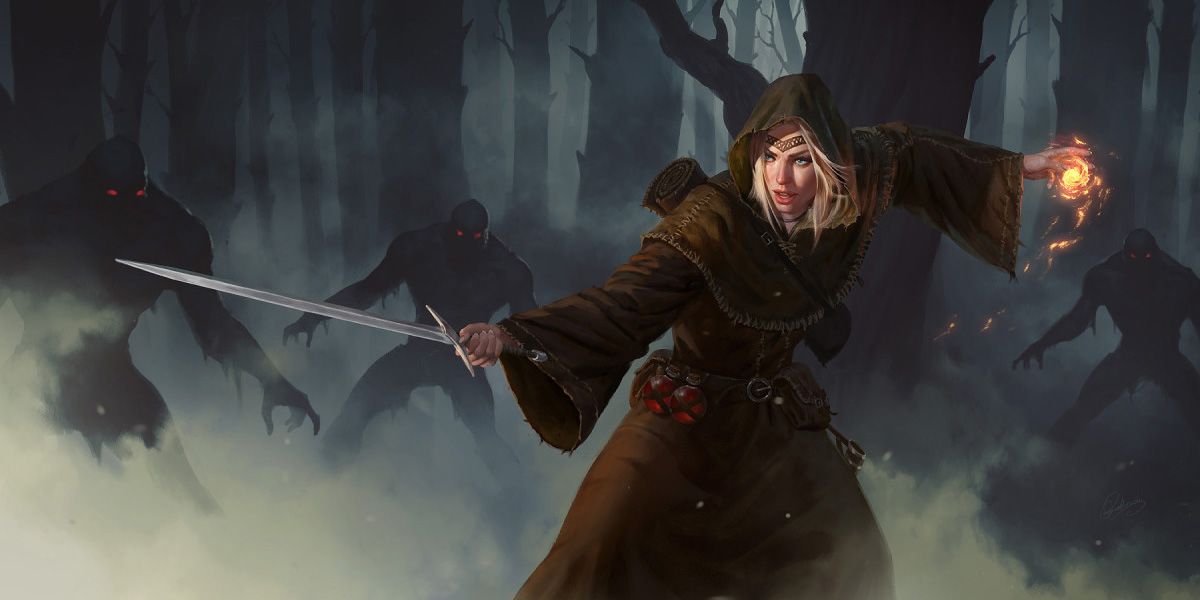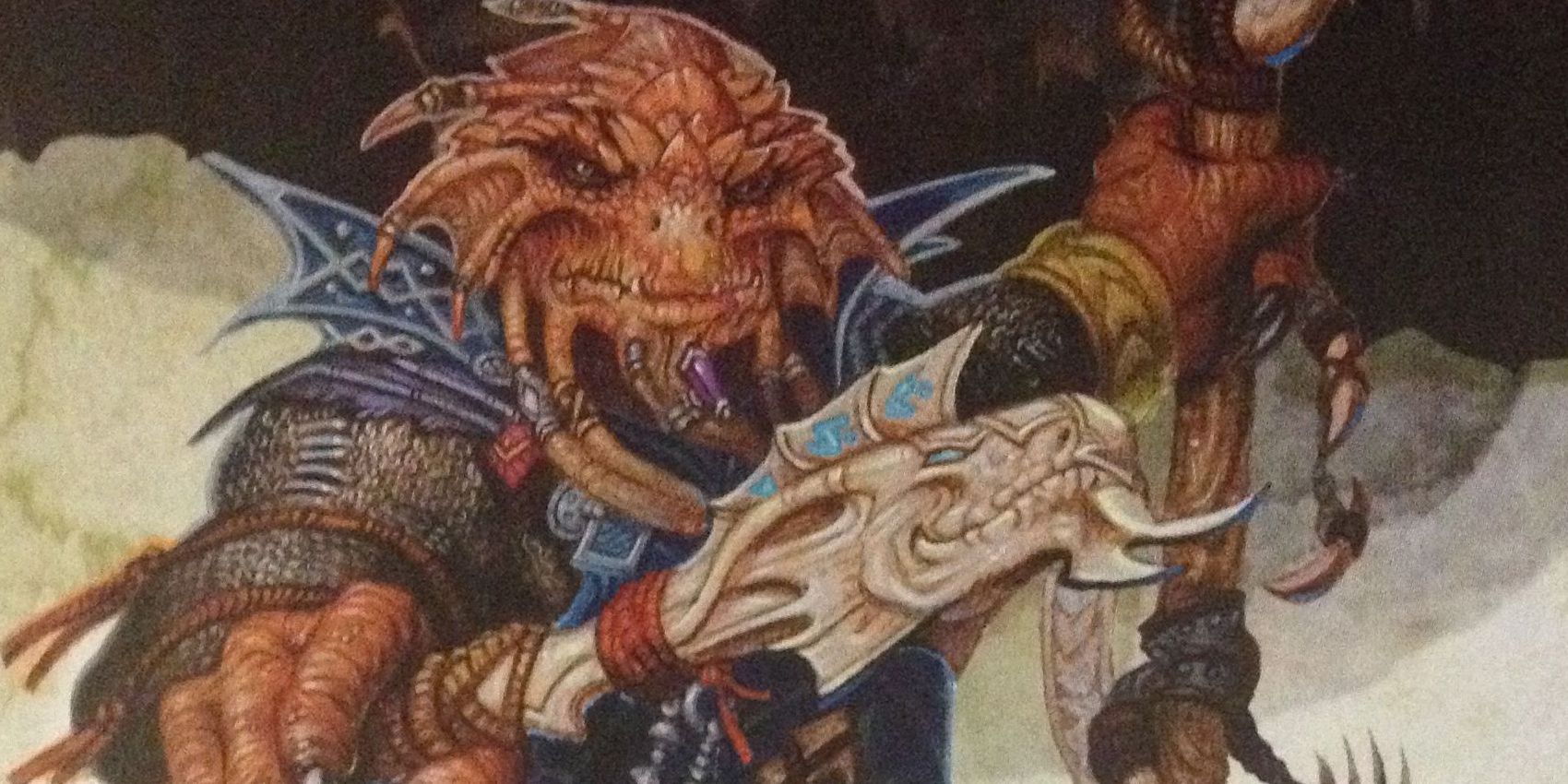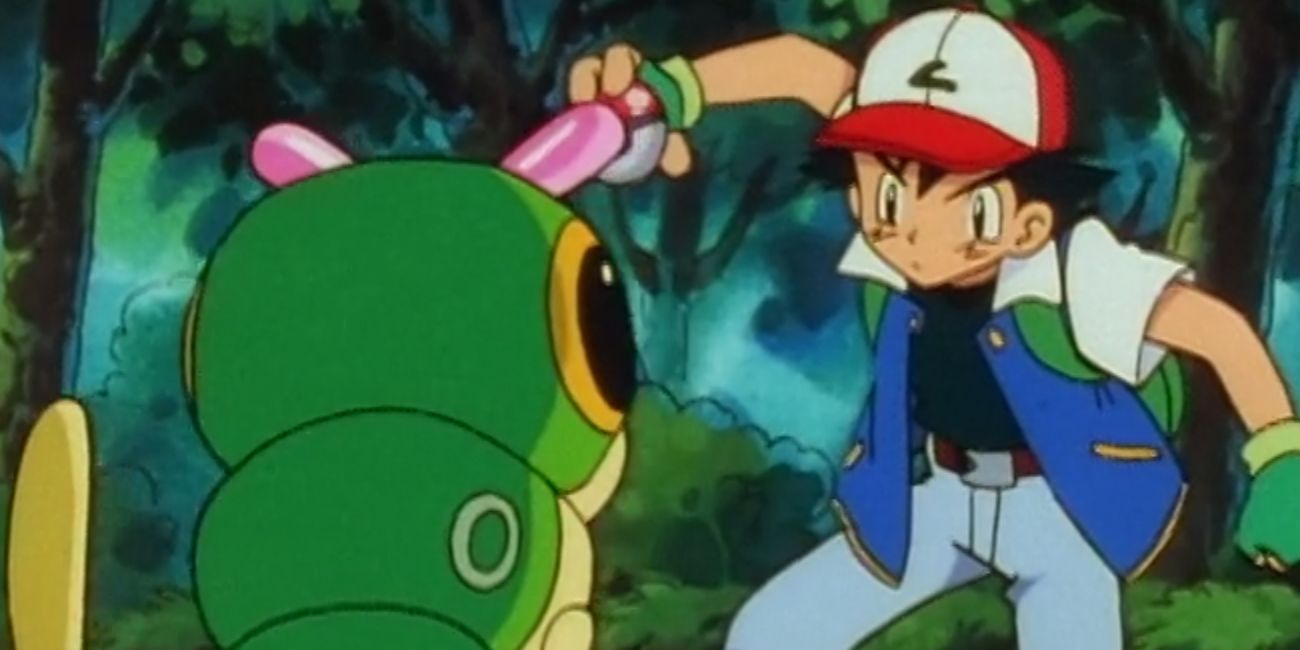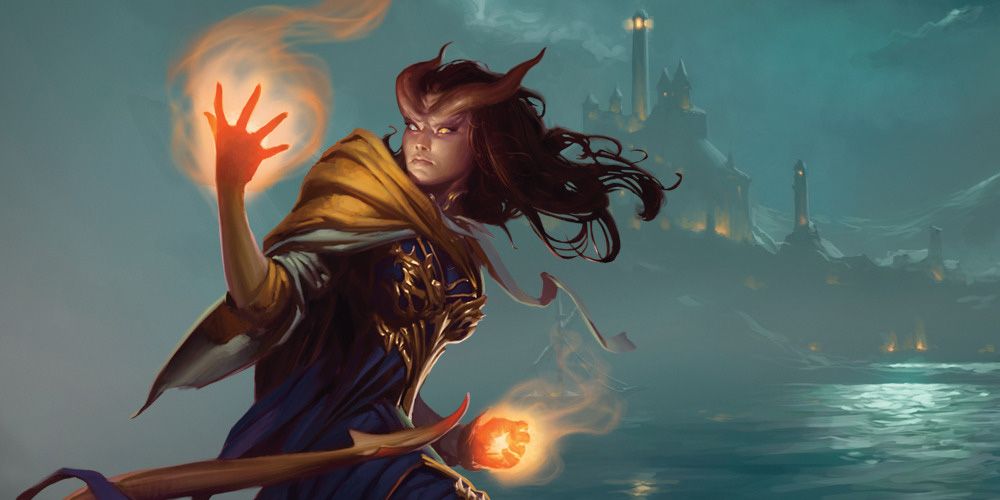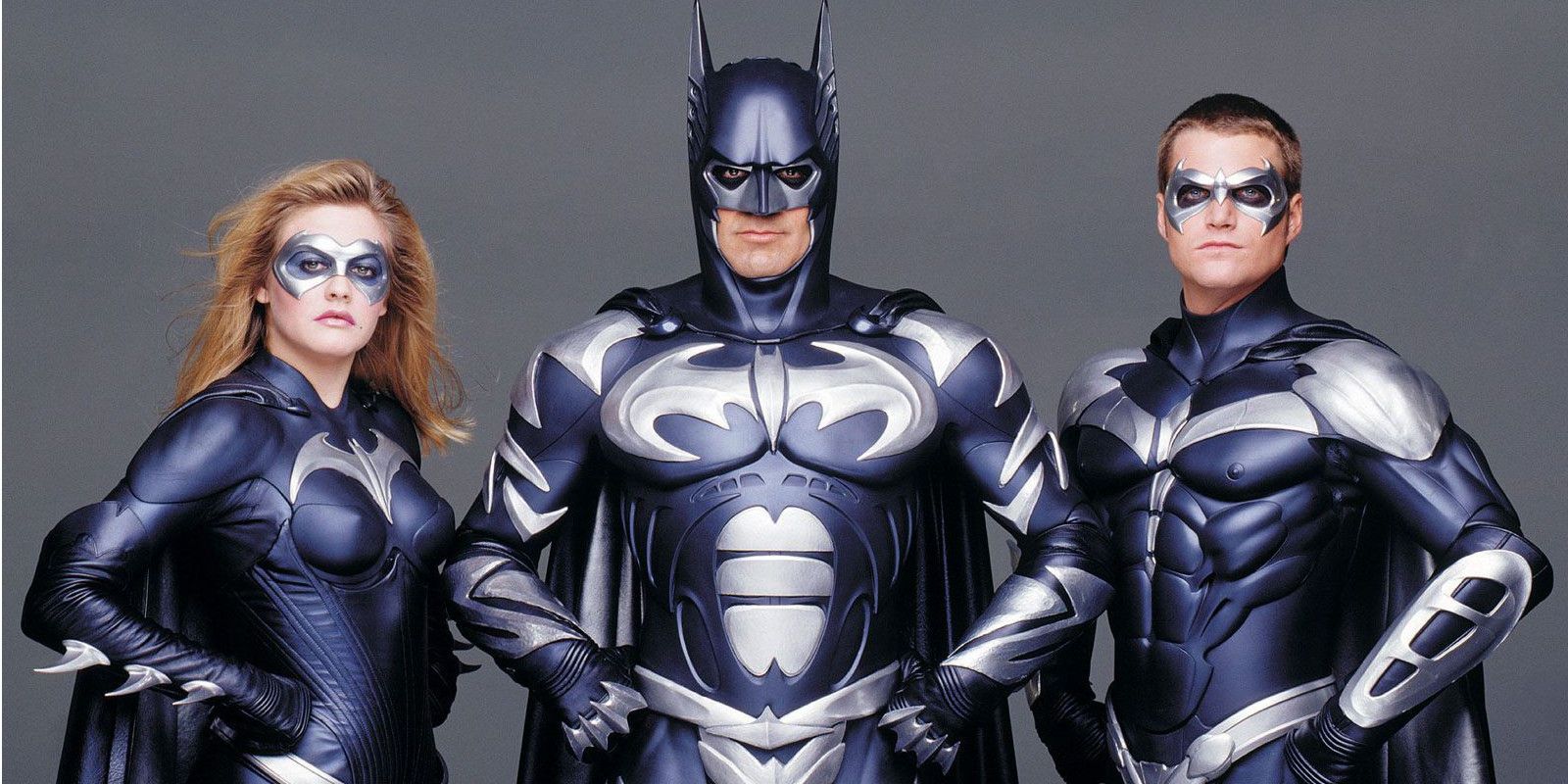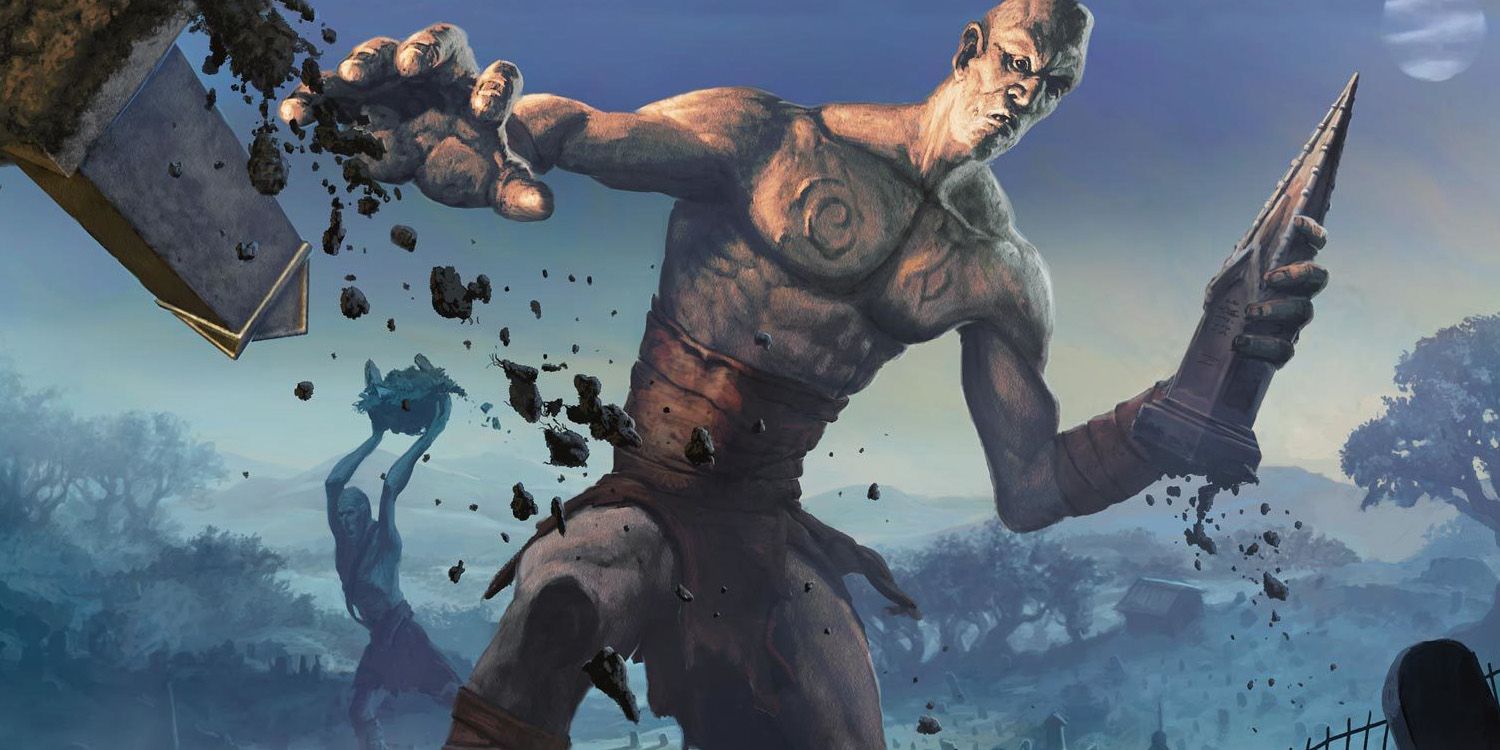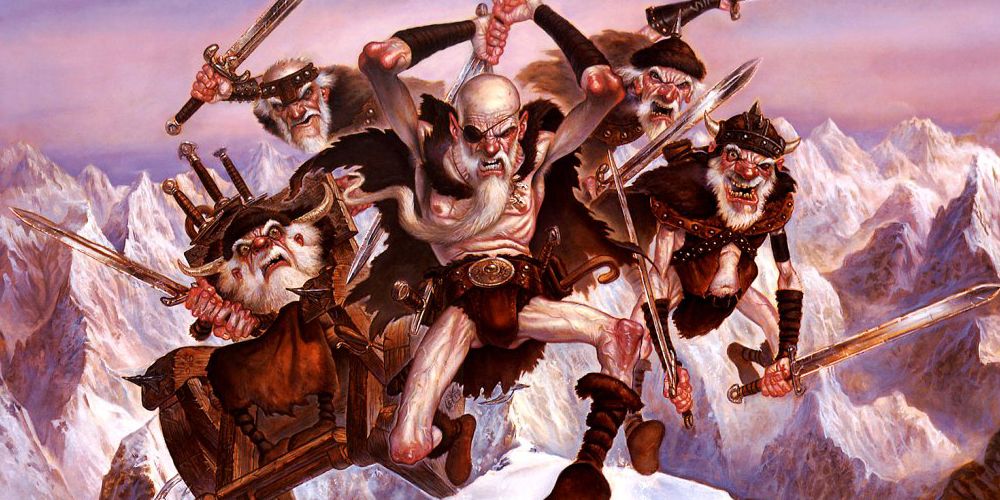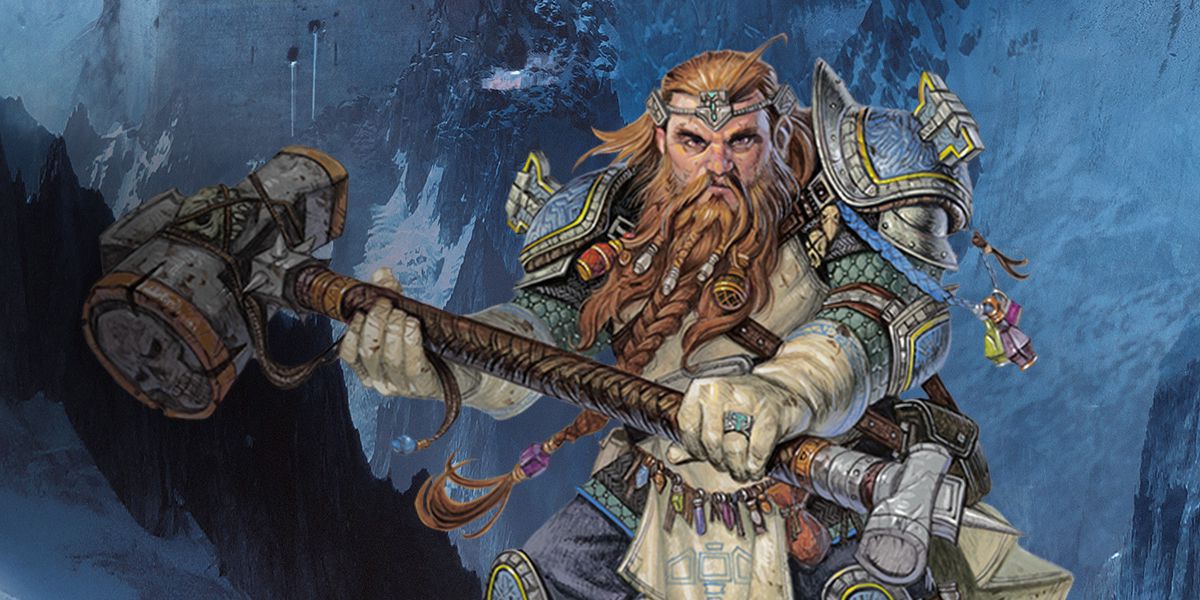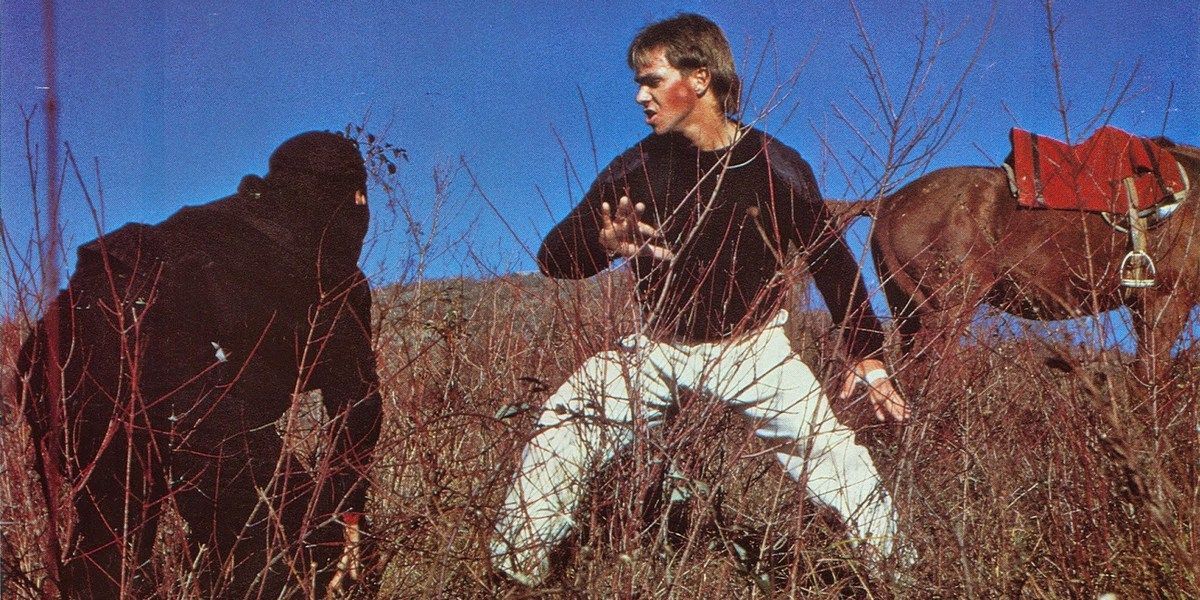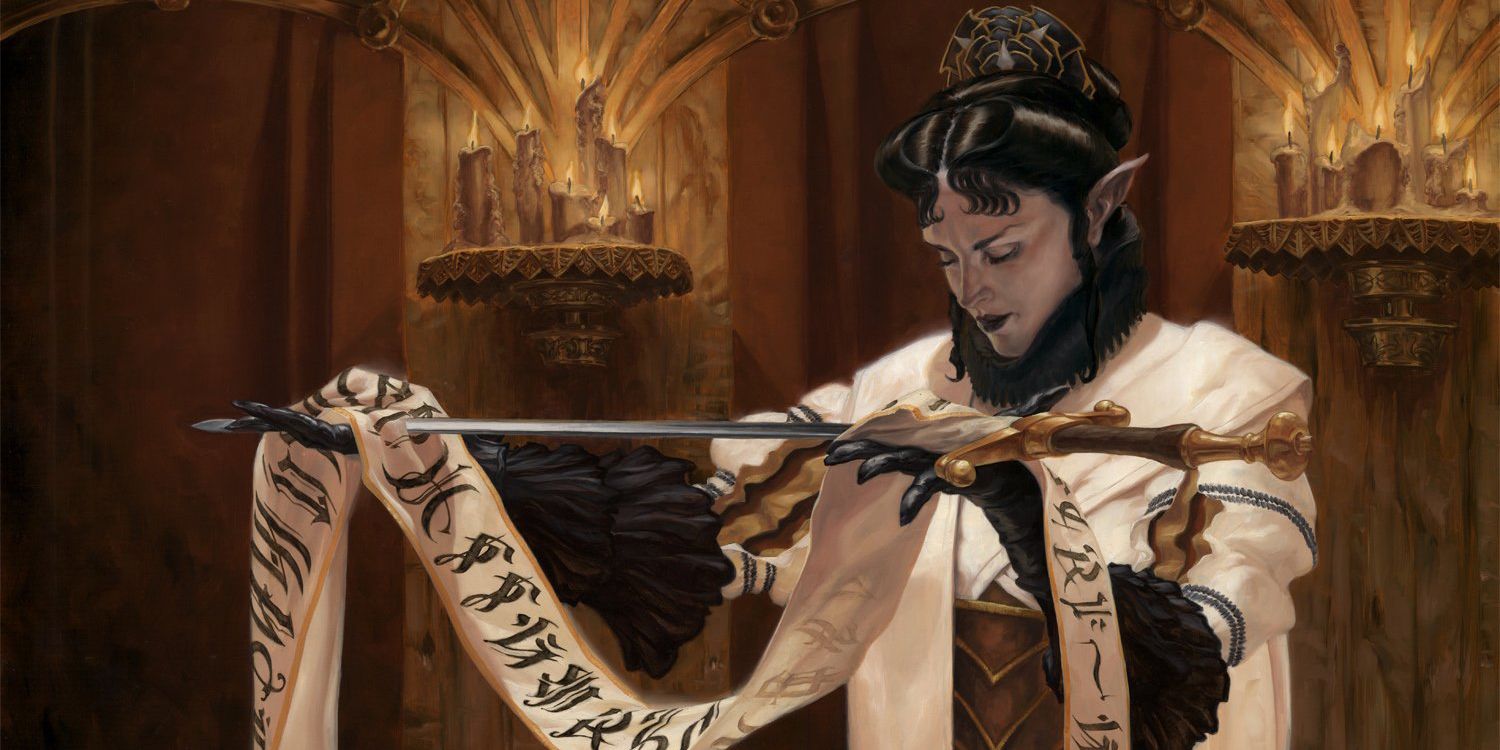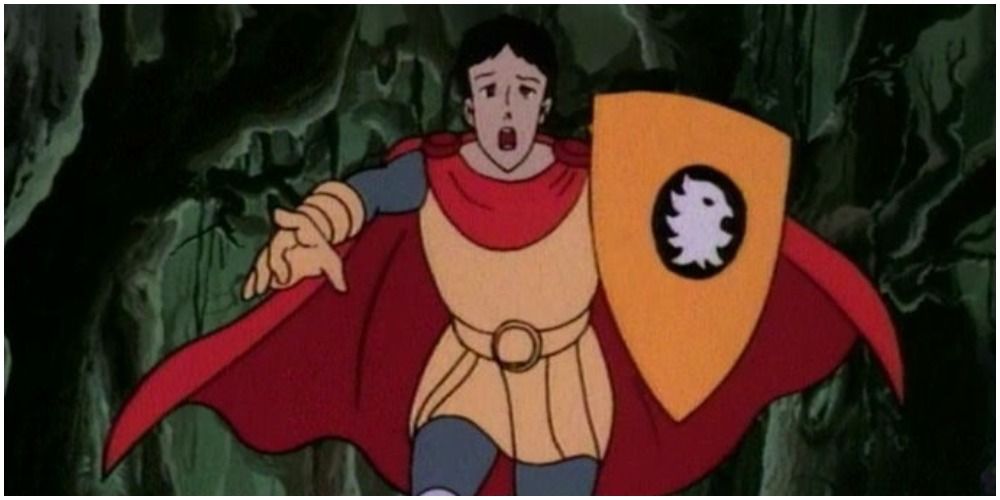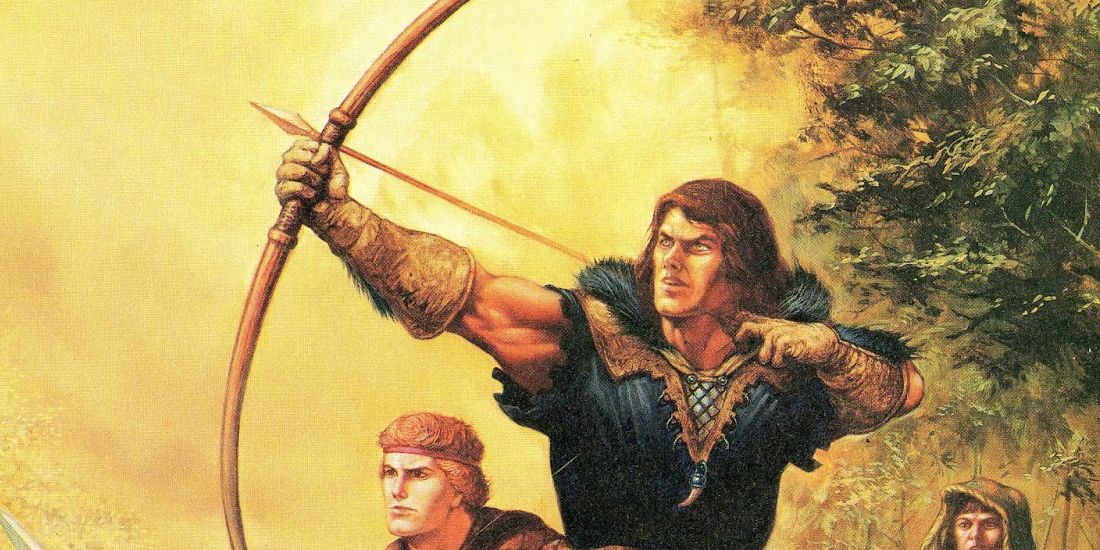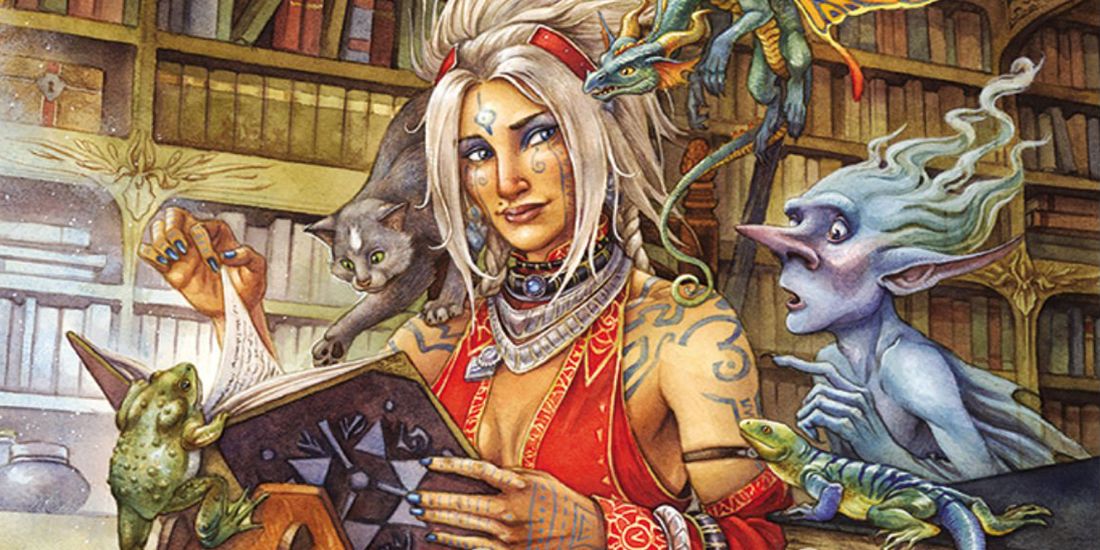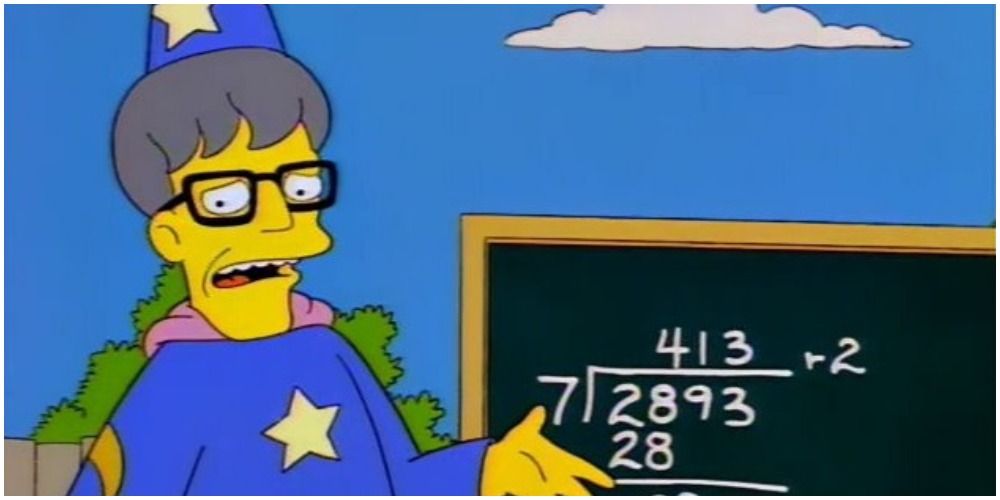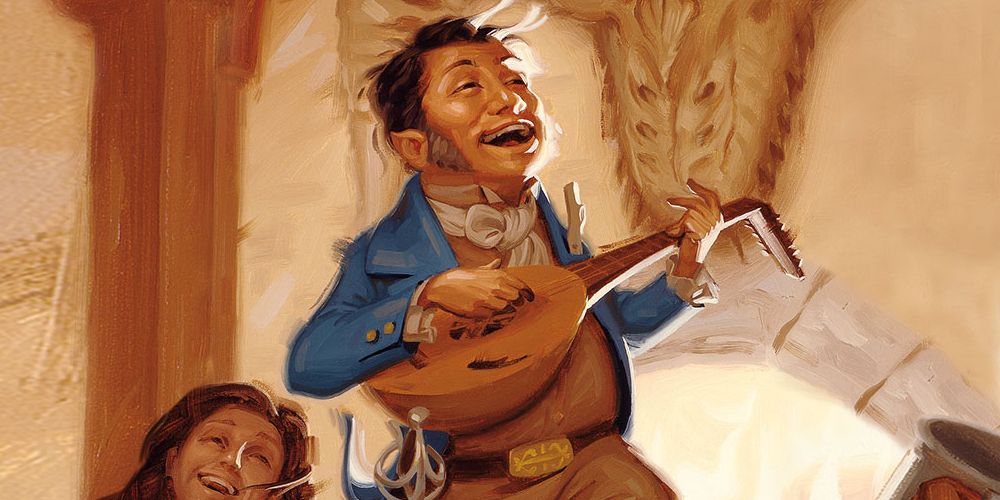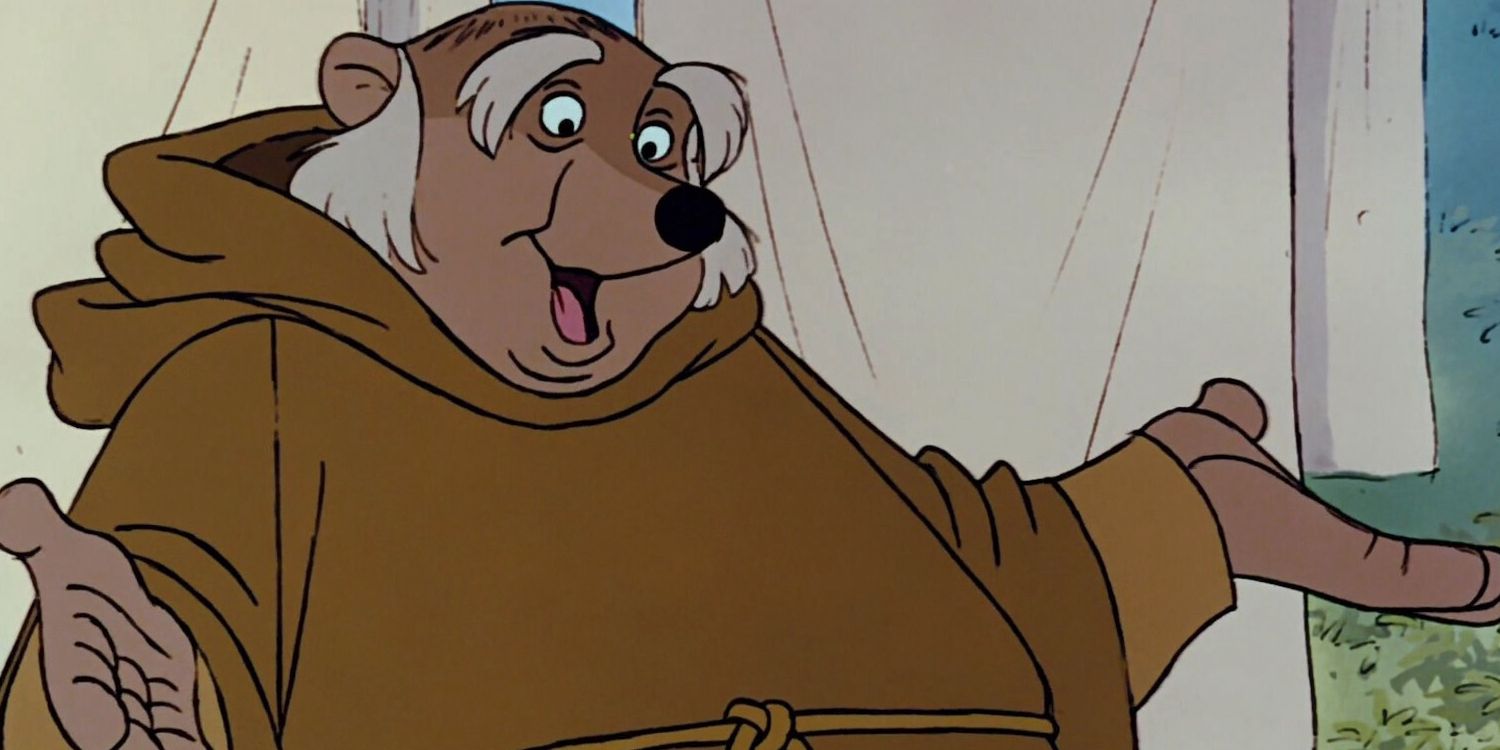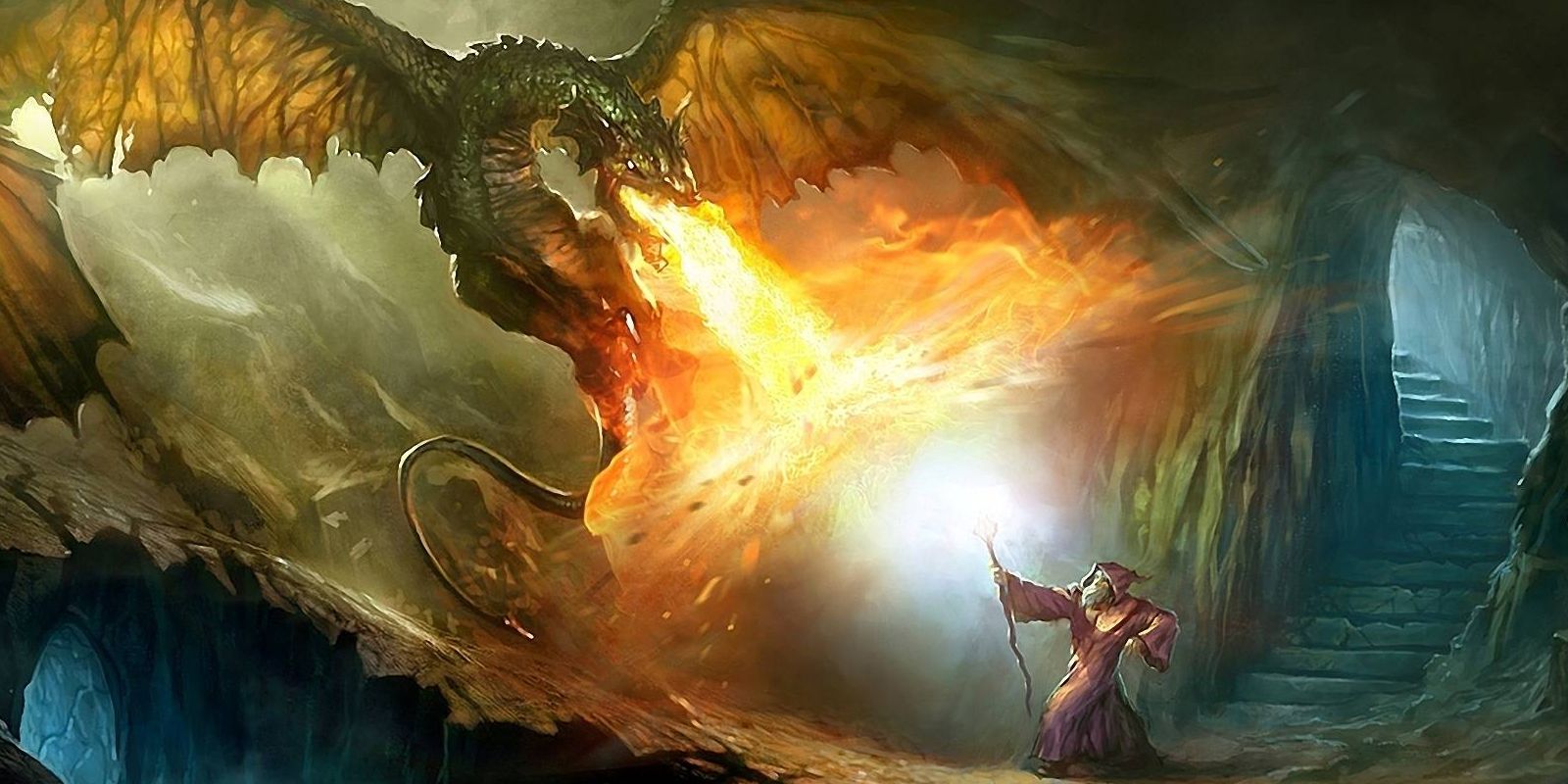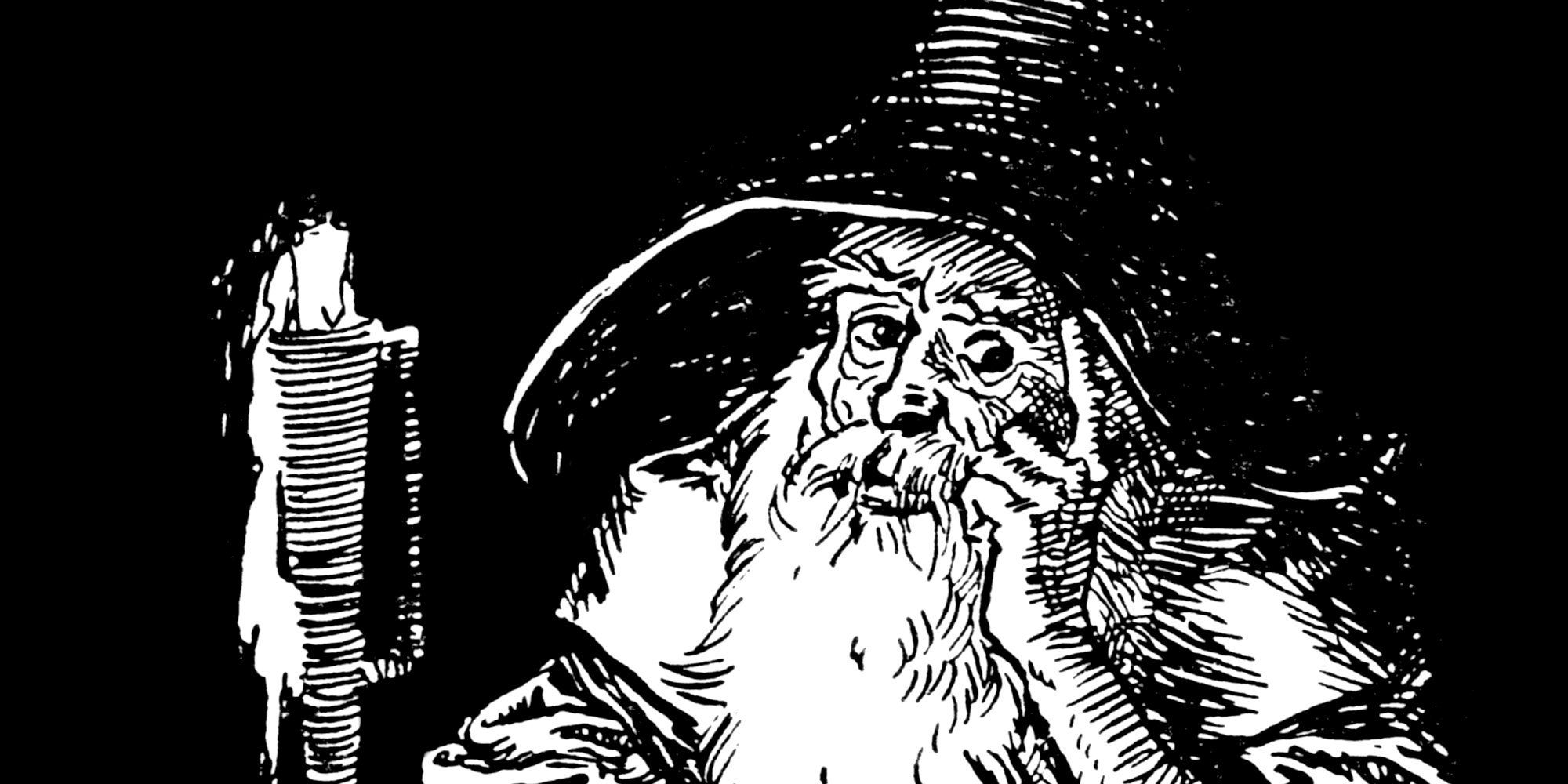Dungeons & Dragons is meant to be a game about teamwork. The reason each character has to choose a class is so that they can be given a set of unique abilities that set them apart from their teammates.
The players then have to work together in order to face the overwhelming odds that the Dungeon Master will set up them. This is the very reason why a party will start to endure hardships when there is a lack of cooperation among the members of the team.
The classes that appear in Dungeons & Dragons are expected to fit within certain roles, such as fighters and paladins charging into the front lines and protecting their weaker comrades from harm, while the priests heal and the thieves sneak around, as the mages cast spells that can turn the tide of battle.
There have been hundreds of different character classes created throughout the history of Dungeons & Dragons and they have ranged from being incredibly useful to totally worthless.
These are the kinds of classes that will help you conquer the most difficult adventures... or will leave you begging for a healing spell after getting beaten up by a kobold.
We are here today to rank the best and the worst classes in the history of Dungeons & Dragons, from the arcane spellcaster with the power to bend the rules to the silly wizard who hides their magic in a piece of wax.
Here are The 10 Strongest (And 10 Most Worthless) Dungeons & Dragons Classes, Ranked!
Best: Sorcerer In 5th Edition
The mages of the older editions of Dungeons & Dragons had to memorize their spells before they cast them, which limited their abilities, as they could only prepare a certain amount of spells each day.
The sorcerer class was introduced in the 3rd edition of Dungeons & Dragons as an alternate arcane spellcasting choice.
Sorcerers were people with the natural ability to cast spells, in a similar manner to how mutants developed their powers over time in The X-Men comics.
Sorcerers could access all of their spells at once and could cast more each day, but this was let down by the fact that their pool of spells was very limited and it took them longer to learn new levels of magic.
Wizards also gained bonus feats every couple of levels, as well as receiving Scribe Scroll for free. This made wizards the superior choice when sorcerers were first introduced.
The current edition of Dungeons & Dragons has finally given the sorcerer class its due. Sorcerers no longer have to wait to access higher levels of spells and they have exclusive access to the old Metamagic abilities.
This means that Sorcerers can bolster their spells and even cast several in a single turn by spending points, without having to increase the level of the spell.
Worst: Ranger, Beast Master In 5th Edition
The 3rd edition of Dungeons & Dragons gave the player several ways to use animals and monsters as allies through the use of magic.
Druids could have several animal companions with them at all times and could summon additional creatures through the use of the summon nature's ally spell, while clerics and arcane spellcasters could use the summon monster spell to bring all manner of creatures onto the field.
The 5th edition of Dungeons & Dragons has toned down the options for summoning creatures by a considerable amount.
One of the exceptions to this is the Beast Master archetype for the Ranger class, which is often considered to be one of the worst class choices in the game.
The Beast Master gains an animal companion, which has to have a challenge rating of 1/4, with panthers and wolves being a common choice.
The problem with having an animal companion is that you have to use an action command in order to make it attack.
Your animal buddy won't assault an enemy without your express permission, which means that you have to waste turns in order to use an ally who will likely be weaker than everything you are fighting.
The bonuses you grant your animal companion are also pretty weak, which means that it won't be pulling its weight in combat.
Best: Spellwarp Sniper In 3rd Edition
Friendly fire doesn't exist within the world of Dungeons & Dragons. This means that if you throw a fireball spell into combat, then your allies will also be affected by it.
Spells that deal damage usually come in two forms; there is area of effect spells that require a saving throw, or single target spells that require an attack roll.
As you face tougher monsters, their saving throw bonuses tend to become stronger, making area of effect spells less effect than straight attack rolls.
The Spellwarp Sniper offers a unique way to turn area of effect spells into a ray attack. This means that you can transform a fireball into a single target spell.
There are several benefits for making this change, as you have to make an attack roll instead of giving the creature a Reflex save, which is especially useful against enemies with the Evasion ability. This means that you can also add Sneak Attack damage to fireball, as well as being able to double the damage through dealing a critical hit.
The Spellwarp Sniper gains the Raystrike ability, which is essentially a few extra Sneak Attack damage dice. They also gain the ability to strengthen one of their ray spells with the Empower Spell feat without having to raise the level of the spell.
Worst: Vigilante In 3rd Edition
The majority of time in each Dungeons & Dragons campaigns takes place in the wilderness, with cities mainly being used as shops and places to acquire new quests.
There are some city-based campaigns but these tend to favor roleplaying over adventuring, as it gets increasingly difficult to justify the presence of dungeons within cities (unless your players love sewers.)
This is one of the many reasons why the Vigilante prestige class is such a letdown. The idea behind the class is that it is a detective who possesses abilities that will help them solve crimes and catch criminals.
The actual skill set of the Vigilante leaves something to be desired.
They have the ability to use Smite Evil... but only on enemies that they have personally seen commit a crime and only within their home city.
You can only use this ability within three days of the crime being committed, which means that the forces of evil are protected by the statute of limitations.
The rest of the Vigilante's skill set is equally unimpressive; they can cast speak with dead (which most clerics can cast at level five) and can perform certain skill checks quicker than normal.
The best Vigilante ability is Mettle, which acts like Evasion for Fortitude and Will Saves. They don't get this until level nine, at which point most players will have given up and played something that is far more effective at the Vigilante's job, such as a bard.
Best: Hulking Hurler
The most popular weapons in Dungeons & Dragons tend to be melee weapons that you can use to bash or slice your enemies to pieces with, or ranged weapons that you can use to fire ammunition into your enemy's stupid face.
Thrown weapons generally aren't as popular, due to the fact that they aren't as powerful as bows or crossbows. The exception to this was the darts in Advanced Dungeons & Dragons, though most players weren't aware of how powerful they were.
The true master of hurling items at the enemy is the Hulking Hurler class. It has a rather steep requirement in the form of having to be a large creature (which will severely restrict your choice of race) but it's worth it for the damage you will rain down on your enemies.
The Hulking Hurler class takes the idea of throwing weapons and applies it to anyone and everything. They possess the ability to throw anything and deal damage based on the item's size and weight.
This is where a bag of holding or portable hole will come in handy, as having easy access to boulders will mean that you can easily deal more damage than the spellcasters in the party with a single rock, thanks to their third level trick which lets them deal double their Strength modifier when throwing an item.
Worst: Forsaker In 3rd Edition
Magic is at the core of every Dungeons & Dragons world, to the point where it has come close to destroying many of the established settings.
The world of Dark Sun is ravaged by the defilers who drain the life from plants in order to power their magic, while the setting of Forgotten Realms suffered terribly when Karsus's insane plan for godhood backfired.
The Forsaker prestige class is made up of those who have chosen to abandon all magic. They gain some pretty cool benefits for doing this, such as new stat points every level, natural spell resistance, and the ability to overcome damage reduction.
The price for becoming a Forsaker is far too high, as you have to give up all magic and actively destroy it wherever you can.
This would make the Forsaker a pariah in most campaigns, as he would not associate with members of most of the other classes in the game.
The Forsaker's ability to reduce damage dealt to them is also tied to the number of magic items that they have destroyed. This means that they have to hunt down and smash the items which are intended to help you on your adventures.
Best: Clerics (Strength Domain) In 3rd Edition
The divine magic used by clerics has also been one of the biggest assets to any adventuring party, as it allows player characters to be healed after whatever stupid stunt they just pulled.
It hasn't always been easy to play a cleric, due to some of the strange restrictions on the class in older editions. There was a time when clerics were restricted to using bludgeoning weapons, as drawing blood was considered a sin, even if you were an evil cleric. The magic they used was also capped at seven levels, while mages had nine.
The 3rd edition of Dungeons & Dragons gave several major boosts to the cleric class. The biggest of these was the Domains, which gave a cleric access to unique abilities and spells for their class.
Clerics who chose the Strength Domain were in for a treat, as it granted the ability to add your cleric level to your Strength modifier once per day.
The Strength Domain also gave you free access to all of the best cleric buffing spells, including righteous might.
With the right build, it's easily possible to turn a Strength Domain cleric into the heaviest hitting member of your party. All of the modifiers combined will give you a massive bonus to damage when entering melee combat.
Worst: Monk In 3rd Edition
The medieval fantasy setting that is used in most Dungeons & Dragons campaigns takes a lot of inspiration from Arthurian legends and the works of J.R.R. Tolkien.
This hasn't stopped Dungeons & Dragons players from mixing ninjas and samurai with the knights and knaves.
The monk class brings some mythical kung fu action to the fantasy stereotypes in the Player's Handbook. You might find that the monk is also misplaced due to its terrible abilities.
The first problem with the monk is that you need four amazing stat scores to play it (Strength, Dexterity, Constitution, and Wisdom) otherwise you may as well not bother.
Monks are let down by the fact that they have a slow Base Attack Bonus progression compared to other fighters, which means that it takes them longer to gain multiple attacks. You can use the Flurry of Blows ability to gain more attacks, but this also adds a penalty to the accuracy of each hit.
The monks get access to many different class abilities as they level up, but these tend to be versions of cleric & wizard spells that are already outdated by the time you get them, as the spellcasters of the group will have already had access to them for a long time.
Best: Ur-Priest In 3rd Edition
The gods of the Dungeons & Dragons universe are kind of the like the haunted advertisements in that one Halloween episode of The Simpsons. This is due to the fact that they need to be worshiped in order to maintain their power. It's possible for a god to be destroyed if their name is forgotten.
Only the most heretical and atheistic individuals possess the ability to become an ur-priest in Dungeons & Dragons. This is ironic, as these people learn how to tap into the very essence of divinity and can bypass the gods while still gaining access to divine magic.
Ur-priests gain access to a full cleric spell list, despite the fact that there are only ten levels of the class.
This can allow for some amazing cross-class combinations. They also possess the ability to burn lower level spells in order to create a higher-level spell, though they are limited in how often they can do this.
The most frightening aspect of ur-priests power is their highest level ability, which allows them to steal spell-like abilities from other creatures.
The range of abuse with this ability is staggering, but the most obvious is the fact that they can steal wish spells from creatures like Solars and cast them for free without any cost.
Worst: Cavalier In 1st Edition
Horses are a popular part of fantasy fiction, due to how important they were in warfare during medieval times. This is something that is less important in Dungeons & Dragons, with many players preferring to fight unmounted.
The rules of the game have rarely offered a noticeable benefit to fighting while mounted (unless you are on the back of a flying creature) and most players don't want to be stuck on top of a creature that could be easily spooked or controlled by enemy magic.
The cavalier class in the first edition of Dungeons & Dragons was an attempt at creating a mounted knight class within the game.
Cavalier's actually had some impressive abilities, such as being immune to fear and not falling unconscious when reaching negative hit points. They also gain significant bonuses while fighting with lances and on horseback.
The problem with the cavalier class is that they cannot be controlled in battle.
A cavalier has to charge into battle and fight the nastiest enemy on the field. They are not allowed to run away or fight tactically in any way that doesn't involve a suicidal charge.
The cavalier's death charge is an easy way for the Dungeon Master to screw with the player, as they have to attack a Tarrasque if it happens to show up. The presence of a cavalier turns all fights into bloody brawls that prevent proper planning and preparation.
Best: Archer In 2nd Edition
The version of Legolas that appeared in The Lord of the Rings movie made archery seem cooler than it ever had before, to the point where his feats of skill became increasingly ridiculous with each new movie.
This is in stark contrast to most fantasy movies and TV shows, where melee combat with swords & shields is the kind you most often see.
Bows and crossbows have varied in strength throughout Dungeons & Dragons, as the creators have tried hard to make ranged combat balanced in comparison to their melee counterparts.
The pinnacle of ranged combat mastery came in the form of the Archer kit from Advanced & Dungeons & Dragons, which had the ability to decimate most foes.
The reason Archers were so good was due to the fact that they could attack multiple times in each round. It's possible for an Archer to fire five shots over two rounds, or three shots each round if they choose not to move.
This is something that can be accomplished at first level and will make the class absolutely devastating in combat, which is coupled with the fact that bows were already pretty powerful in the 2nd edition of Advanced Dungeons & Dragons.
Worst: Thief In 2nd Edition
One of the biggest problems with the earlier editions of Dungeons & Dragons is that many of the unique abilities used by certain character classes could easily be emulated with low-level magic spells.
The biggest victim of this was the thief from Advanced Dungeons & Dragons, who may as well have not bothered showing up on adventures.
The thief class had the ability to search for traps, open locks, and climb walls, each of which had a percentage chance of success that could be increased as they leveled. The problem with these abilities was that they were outclassed by spells.
The 2nd level find traps spell automatically revealed all traps within a specific location without failure, the knock spell opened any lock and could be done so at a distance in order to avoid setting off traps and spider climb allowed you to walk up walls like Spider-Man.
The 3rd edition of Dungeons & Dragons gave rogues a much-needed boost, by changing the rules so that they were the only class with the ability to search for traps and the capacity to disarm magical traps.
Rogues also gained the Sneak Attack ability, which allowed them to deal a lot of extra damage when flanking or attacking surprised enemies.
Best: Wizard In 3rd Edition
Wizards have always been one of the most popular Dungeons & Dragons classes, due to the association of spellcasters with the fantasy genre and their slew of cool and flashy abilities. Wizards are the ones who are throwing fireballs and teleporting around the battlefield, which is something most players badly want to do in the game.
The arcane spells in the 3rd edition of Dungeons & Dragons needed tweaking almost immediately in terms of rule errata, as haste and polymorph were totally broken when the game was first released.
These two spells remained as some of the most powerful in the game, due to the bonuses granted by haste and the sheer utility of being able to transform into anything. This is to say nothing of the numerous powerful enchantment spells in 3rd edition, which turned any fight into a "fail a saving throw and lose" battle.
The reason the 3rd edition wizards are on this list instead of sorcerers is due to the fact that sorcerers got the short end of the stick in the terms of abilities.
The fact that they had to wait an extra level to access new spells was the biggest drawback, especially as wizards received Scribe Scroll and several other free feats while sorcerers got nothing as they leveled up.
This was one of the major changes made to Pathfinder, as that game gave sorcerers unique abilities that were tied to their bloodline.
Worst: Ranger In 3rd Edition
When a new edition of Dungeons & Dragons is in development, it has to undergo rigorous testing in order to make sure there are no blatant loopholes in the rules that can be exploited by the players.
The ingenuity of Dungeons & Dragons players knows no bounds, which is why the creators of the game have released official rules errata that takes precedence over whatever is written in the books.
The ranger class in the 3rd edition of Dungeons & Dungeons had to undergo a major change when the 3.5 updated edition was released, to the point where they were totally overhauled. This change was needed due to how inferior the ranger class was to the other martial classes available in the Player's Handbook.
The problem with the original 3rd edition version of the ranger is the fact that they gain almost nothing as they level up. All they get is a handful of spells and some minimal bonuses against specific types of monsters. The only reason anyone took a level in ranger was for the free Ambidexterity/Two-Weapon Fighting feats.
The 3.5 version of the ranger changed the class so that they received new powers throughout their first eleven levels and their combat abilities would increase in increments as they gained new levels.
Best: Bladesinger In 2nd Edition
Playing a mixture of fighter and mage was always tricky in the earlier editions of Dungeons & Dragons, due to the fact that you couldn't cast arcane spells while wearing armor without risking the chance of it fizzling out.
This meant that engaging the enemy in melee combat was risky, due to how easy you were to hit and how easy it was to break a spellcaster's concentration when they are struck.
There was one kit in Advanced Dungeons & Dragons that meshed the fighter and mage class together so well that it is often accused of being the most broken class in the game. This is the class known as the bladesinger, who is so named due to the noise that their weapon makes in battle.
The bladesinger kit offers amazing combat bonuses while fighting with their weapon of choice. They also possess the ability to cast spells with one hand, which means that they can easily do it in combat.
The bladesinger can also cast spells while wearing studded leather or elven chain and they gain an armor class bonus while casting spells.
The bladesinger kit gives amazing bonuses without any real drawbacks, save for the fact that you have to play as an elf in order to qualify for the class.
Worst: Truenamer
The kinds of people who become adventurers in a Dungeons & Dragons world tend to be the elite in their chosen profession.
You need to be the best of the best in order to face demons and dragons in combat. This is why the NPC character classes were created in the 3rd edition of Dungeons & Dragons, as it helped to define the skill level between the player characters and the average joe.
If you were playing as a fighter, then you would expect that character would be skilled enough to know how to swing a sword.
The Truenamer lacks this assurance of quality, as all of their abilities are tied to a skill check before they can attempt them.
Truenamers are based on the concept that all beings have a secret name which can be spoken aloud to manipulate them. This manifests in the game in the form of a skill called truespeak, which has a difficulty score that is different for every creature in the game.
In order to speak the magical names, you have to make incredibly difficult skill checks using the truespeak skill. If you fail the check then your character does nothing but babble during their turn. This is before any associated saving throws or spell resistance checks that may occur due to the skill.
The best part about being a Truenamer is that they can teleport to an allies side from anywhere in the world when they hit level twenty, as they can teach their own true name to others. Good luck making it that far.
Best: Bard In 1st Edition
Bards have had an uneven history in Dungeons & Dragons in terms of both their effectiveness as a character class and their popularity among the players.
The current version of bards in the 5th edition of Dungeons & Dragons are awesome, to the point where they may be the best buffing class in the game. The Advanced Dungeons & Dragons bards left something to be desired, as their jack of all trades design meant that they were overshadowed by the other classes in the game.
These new minstrel bards all pale in comparison compared to the original bearers of that name, who acted as the forebear for all advanced character classes that came afterward.
The 1st edition of Dungeons & Dragons had a bard class that you had to build towards. You needed to achieve several levels in the fighter class before switching to thief and finally to druid. This allowed you to start taking levels as a bard, which turned you into a strange and powerful hybrid class.
While the later bards struggled to match the other classes in the game, the original bards excelled at everything, thanks to their built-in fighter and thief abilities, along with the fact that they maintained full druidic spellcasting as they leveled up.
The bards could also charm people with their music with a percentage chance that all but guaranteed that you could turn enemies into friends at higher levels.
Worst: Pacifist Priest In 2nd Edition
The vast majority of Dungeons & Dragons campaigns are focused on combat, with various degrees of puzzle solving, roleplaying, and trap avoiding throughout the rest of the game.
There are some campaigns which focus solely on character development and roleplaying, but Dungeons & Dragons is really a game meant for epic battles and slaying your enemies.
There was a kit intended for clerics in Advanced Dungeons & Dragons that would have been unplayable in all but the tamest of campaigns, as even ones that focus solely on roleplaying will eventually experience conflict.
The pacifist priest kit gives you the benefit of a +2 to your Charisma stat, in the edition when Charisma was all but useless. In order to gain this bonus, you had to never wear armor or wield a weapon.
The pacifist priest was forbidden from harming another living creature, regardless of who or what they are.
If you encountered the Balrog from Fellowship of the Ring then you would have to be nice to him and hope that +2 to Charisma convinces him not to eat you.
If a pacifist priest breaks this vow and harms a living creature, then they will lose the ability to cast spells for the next month. If you are a follower of a god of peace, then they get a free pass to smite you for breaking your oath, as gods of peace are known to do.
Best: Dweomerkeeper In 3rd Edition
The bane of all spellcasters is spell resistance. This is a score that reflects the ability to shrug off a magical effect, regardless of its effect. If you cast a spell at a creature with spell resistance, then you have to make an additional roll in order to bypass it, which can potentially cause it to fizzle and do nothing.
The Dweomerkeeper is prestige class that allows spellcasters to temporarily break the rules in their favor. They possess some of the best abilities in the game when it comes to wielding magic.
Dweomerkeepers possess the Mantle of Spells ability, which allows them to bond to certain spells in such a way that they can spontaneously cast them by using up other spells. This is especially useful for wizards, who usually have to prepare spells in advance.
The real reason people play Dweomerkeepers is for their Supernatural Spell ability. This allows them to turn a spell into a supernatural ability.
This means that the spell will totally ignore spell resistance. Supernatural Spell also removes the need for spell components, so you can use spells like symbol of persuasion without wasting five-thousand gold pieces worth of gems.
Those who reach the final level of Dweomerkeeper will also lower all of level raising requirements for Metamagic feats by one, which means that you can use Quicken Spell while only increasing the spell's level by three instead of four.
Worst: Candle Caster In 3rd Edition
The 3rd edition of Dungeons & Dragons was released in the year 2000. This was a total overhaul of the game that took into consideration a lot of the complaints about the older editions and helped to make the game more balanced.
In 2003, an updated version of these rules (referred to as 3.5) was released. This new edition added numerous small changes to improve the game. This led to a lot of new books that featured updated versions of the classes introduced in 3rd edition.
The Candle Caster is one of the few classes to never receive a 3.5 update. No official reason for this has been given, but it may have something to do with how terrible it is.
The Candle Caster is based on the idea of creating Metamagic scrolls that anyone can use, in the form of binding spells to candles. This means that instead of reading a scroll to activate a spell, you have to light the candle.
The problem with casting spells from a candle is that it won't activate until your next turn. If the candle is extinguished, then the spell fizzles.
The candles only work in an environment in which you can safely light a flame and maintain it throughout a full round of combat, which severely restricts the circumstances under which you can use them.
The Candle Caster also has one of the strangest requirements for being eligible for a prestige class. In order to become a Candle Caster you need to own one-hundred tindertwigs (which are essentially matches) otherwise you can't join. The sacred order of Candle Casters will not accept peons who only own ninety-nine tindertwigs.
---
Can you think of any other powerful or weak Dungeons & Dragons classes that we forgot to mention? Sound off in the comments!

